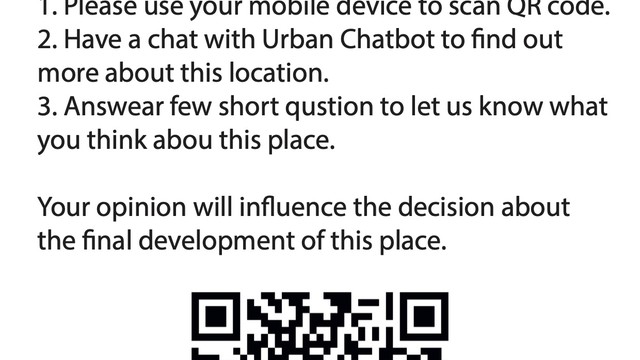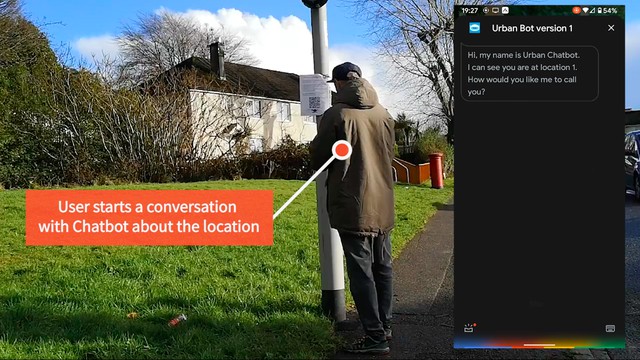Plan Our Street 2021, United Kingdom, PLYMOUTH
Let's Plan Our Urban spaces Together







Have you ever wondered how your neighbourhood would look like if it was designed by you and other members of the community? "Plan Our Street" aims at revolutionising the current methods of urban planning by allowing members of the public to participate in the early stages of urban planning proposals through accessible and inclusive technologies and a radical rethink of planning permission and public consultation processes.
The design of our urban spaces is rarely a reflection of the needs of its inhabitants. This has to change. Research shows that the problem with the current planning system lay at its core. Top-down decision making has been in practice for too long. Local communities have very little impact, if any, on what's being developed in their local area. This system is not inclusive and doesn't encourage public participation at planning stages. Our solution aims to change that. It shifts the power of decision making towards the general public who can access necessary information about the planning proposal right at the location identified for the development. This solution provides an opportunity to raise your opinion about your local area and have an impact on how it's going to be shaped in the future. Research indicates that engagement in matters of the local community creates friendlier neighbourhoods and improves wellbeing (Ref: www.iresponse-rri.com).
Details
Supervisor : Katharine Willis
Institution : University of Plymouth
Funding agencies : iMayflower (Cultural Development Fund)
Descriptions
Technical Concept : This project relies on accessible technologies, enabling users with limited digital skills to easily access information and visualise planning data through visual and auditory media. Anyone with a smartphone will be able to access all the information provided by the city council about the proposal right at the fingertip. The “Plan Our Street” technical concept comprises a mobile app with a built-in AI Chatbot at its heart. User will be able to access it from the planning proposal notice by simply scanning the QR code. From there our friendly Tom the chatbot will tell you basic information about the location and proposed development. Users will be able to ask in-depth questions, bring up proposal images to help visualise the concept and give their own opinion about it. The data collected by the app will be analysed using machine learning technology and presented to local authorities.
Credits
Marcin Roszkowski
Marcin Roszkowski
Marcin Roszkowski
Marcin Roszkowski
Marcin Roszkowski
Marcin Roszkowski
Marcin Roszkowski
Marcin Roszkowski